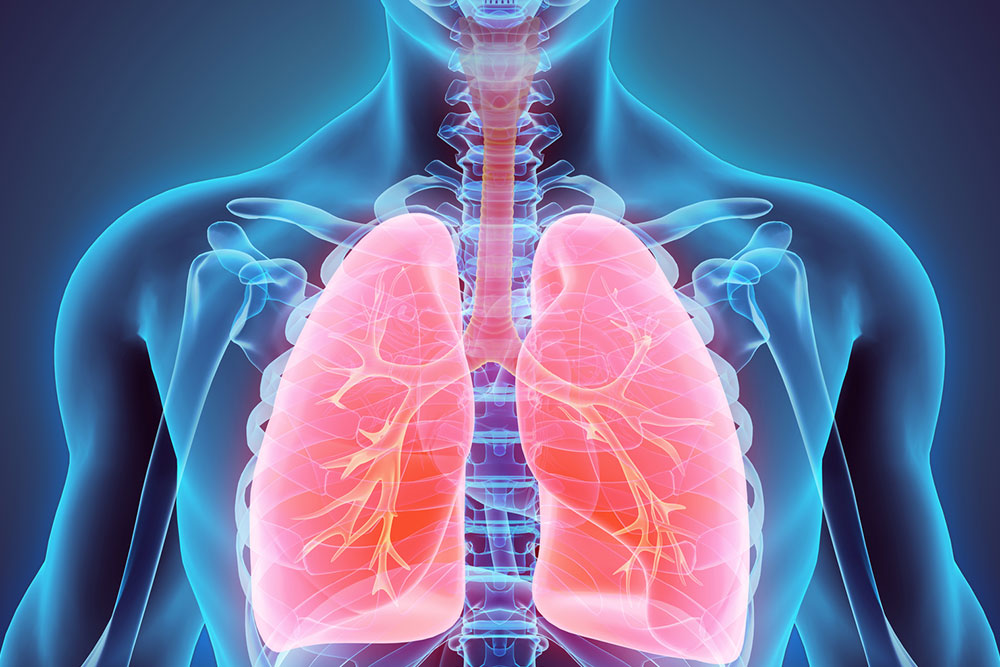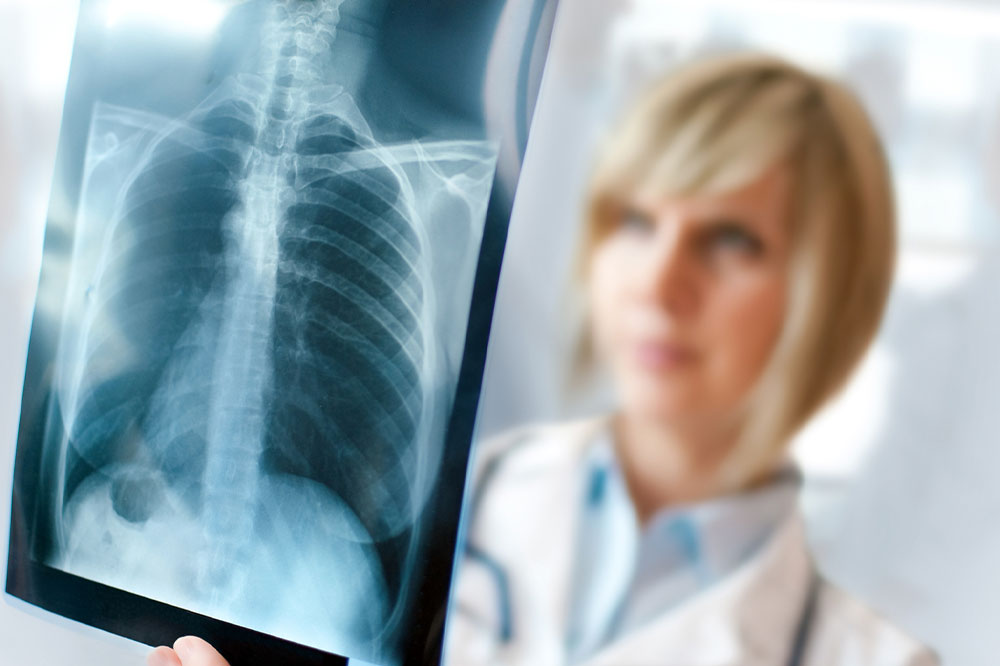Comprehensive Guide to Stage III Lung Cancer: Symptoms, Diagnosis, and Treatment Options
This comprehensive guide explores Stage III lung cancer, detailing its symptoms, diagnostic techniques, and modern treatment options. It emphasizes the importance of prompt detection and personalized therapy plans, highlighting advances like immunotherapy and targeted treatments that improve patient outcomes and survival rates. Whether you or a loved one are facing diagnosis or seeking knowledge, understanding these aspects can empower better medical decisions and hope.

Recognizing Symptoms and Exploring Modern Treatment Strategies for Stage III Lung Cancer
Lung cancer remains one of the most prevalent and deadly cancers worldwide, often challenging to diagnose early because its symptoms can mimic those of less severe respiratory illnesses. Especially in the progressive stages, understanding the symptoms, diagnostic methods, and treatment options is crucial for improving patient outcomes. This comprehensive guide aims to shed light on the complexities of Stage III lung cancer, its clinical presentation, diagnostic processes, and the latest advancements in treatment modalities.
Early signs of lung cancer often go unnoticed or are attributed to benign respiratory conditions. As the disease advances to Stage III, symptoms tend to become more persistent and severe, prompting individuals to seek medical care. Recognizing these symptoms promptly can lead to earlier diagnosis and more effective treatment planning, which significantly impacts survival rates and quality of life.
Persistent cough that worsens over time
Coughing up blood or blood-stained mucus
Wheezing, noisy breathing, or shortness of breath
Frequent respiratory infections or chest infections
Chest or back pain that worsens with deep breaths or coughing
Unexplained weight loss and loss of appetite
General fatigue, weakness, and unexplained hair thinning
Difficulty swallowing or hoarseness
Blood in saliva or mucus
Persistent fevers, headaches, or night sweats
Step-by-Step Diagnostic Approach: Accurately diagnosing Stage III lung cancer involves a series of sophisticated tests and evaluation protocols tailored to each patient’s unique clinical presentation and medical history.
The diagnostic process often involves:
Advanced Imaging Techniques: High-resolution CT scans play a vital role in visualizing tumor size, location, and possible metastasis. PET scans add functional imaging capabilities, revealing active cancer cells across the body. Bone scans help detect the spread to skeletal tissues, providing a comprehensive picture of disease extent.
Biopsy Procedures: When images suggest malignancy but are inconclusive, minimally invasive biopsies such as bronchoscopy, needle aspiration, or mediastinoscopy are performed to obtain tissue samples for microscopic examination. These samples confirm the diagnosis and help identify specific genetic mutations that may guide targeted therapies.
Laboratory and Molecular Tests: Blood tests evaluate overall health status, organ function, and tumor markers. Molecular testing for genetic mutations (e.g., EGFR, ALK, ROS1) enables personalized medicine approaches, increasing the effectiveness of targeted treatments.
Once confirmed, staging involves assessing the tumor's size, lymph node involvement, and whether distant metastases are present. Accurate staging is essential for devising optimal treatment strategies tailored to individual patient needs.
Personalized and Multimodal Treatment Strategies for Stage III Lung Cancer
There is no one-size-fits-all treatment for Stage III lung cancer. Instead, healthcare providers adopt a multidisciplinary approach, involving pulmonologists, medical oncologists, thoracic surgeons, radiologists, nurses, and supportive care specialists. The aim is to develop a comprehensive treatment plan that maximizes therapeutic effectiveness while minimizing side effects, thereby improving survival and quality of life.
Recent advances in cancer treatment have broadened options, offering new hope to patients through clinical trials, targeted therapies, and immunotherapy. These approaches aim to attack cancer more precisely and with fewer systemic side effects.
Surgical Options: Surgery remains a cornerstone in treating selected Stage IIIA patients, especially those with tumors confined to one lung and limited lymph node involvement. procedures like lobectomy or pneumonectomy are performed followed by adjuvant treatments. For advanced Stage III B cases, surgery might be less feasible, and chemo-radiotherapy becomes the primary focus, sometimes with surgical intervention after initial tumor shrinkage.
Chemotherapy: Traditionally the mainstay for controlling stage III lung cancer, chemotherapy can be administered before (neoadjuvant) or after (adjuvant) surgery or combined with radiation in a definitive chemoradiotherapy approach. Common regimens include platinum-based combinations to target rapidly dividing cancer cells systemically.
Radiation Therapy: External beam radiation therapy effectively reduces tumor size, relieves airway obstructions, and controls local disease, especially in patients ineligible for surgery. New techniques like stereotactic body radiotherapy (SBRT) and intensity-modulated radiation therapy (IMRT) improve precision and reduce damage to surrounding tissues.
Immunotherapy: A groundbreaking advancement, immunotherapy leverages the patient’s immune system to identify and destroy cancer cells. Drugs like Durvalumab (approved in 2018) and Pembrolizumab are particularly effective in tumors expressing PD-L1. Immunotherapy is often used in conjunction with chemotherapy or radiation for improved outcomes.
Targeted Therapies: These treatments focus on specific genetic alterations within tumors, such as EGFR mutations or ALK gene rearrangements. Although most targeted therapies are currently approved for metastatic or advanced stages, ongoing trials may expand their use in Stage III settings, offering more personalized treatment options.
Prognosis and Future Directions
The outlook for patients diagnosed with Stage III lung cancer varies depending on numerous factors like tumor characteristics, patient health, and treatment response. On average, survival times post-diagnosis hover around 15 months. The five-year survival rates are approximately 14% for Stage IIIA and around 5% for Stage IIIB. However, with ongoing research, technological innovations, and participation in clinical trials, these figures are anticipated to improve significantly.
Emerging therapies, including novel immunotherapy agents and targeted treatments, hold promise for transforming the prognosis of Stage III lung cancer. Early detection, personalized treatment plans, and advances in medical science are crucial to improving long-term survival and patients’ quality of life.





